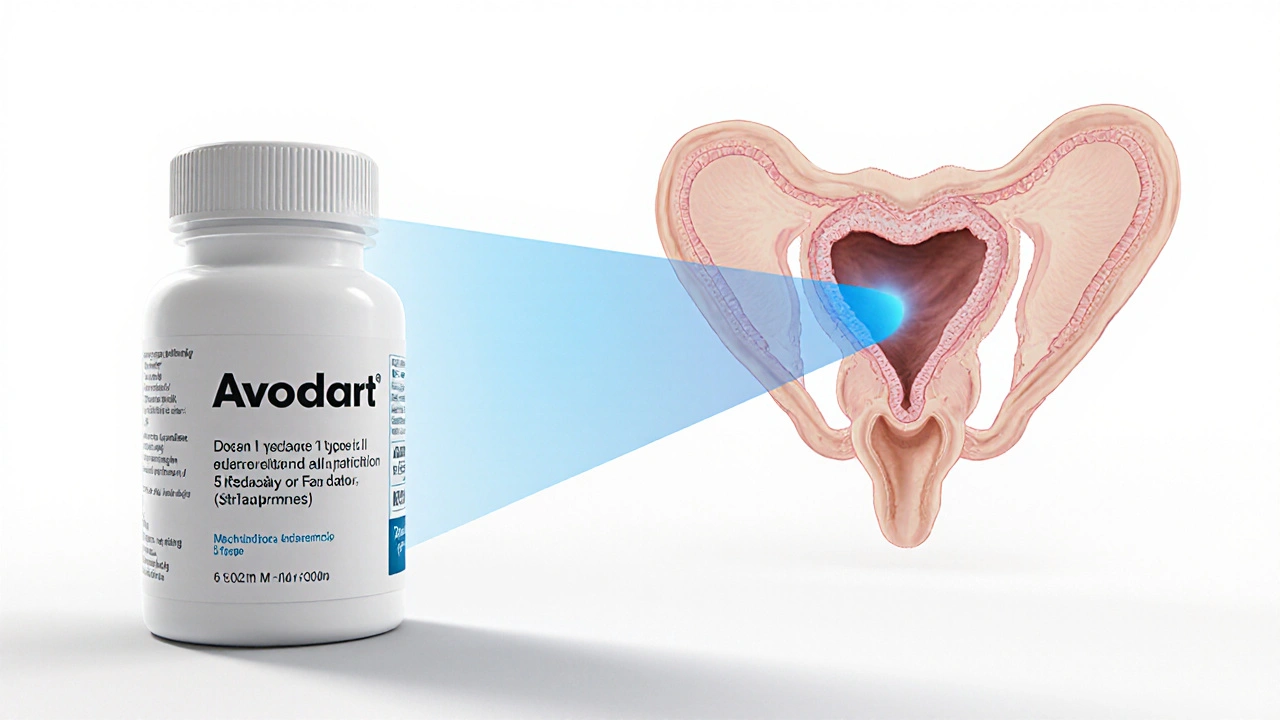
Avodart vs Other Dutasteride Alternatives: A Detailed Comparison
A comprehensive side‑by‑side look at Avodart (dutasteride) versus finasteride, saw palmetto, minoxidil and more, covering efficacy, safety, cost and best use cases.
Read MoreWhen it comes to male hair loss medication, drugs approved by health authorities to slow or reverse hair thinning in men due to genetic factors. Also known as androgenetic alopecia treatment, it’s not about fancy serums or miracle oils—it’s about science-backed options that actually change the biology of hair loss. If you’re losing hair on your crown or hairline, you’re not alone. About 50% of men will notice significant thinning by age 50, and most of it comes down to genetics and hormones—not stress or dirty pillows.
The two most studied and trusted options are finasteride, an oral pill that blocks the hormone DHT, which shrinks hair follicles over time and minoxidil, a topical solution that stimulates blood flow to the scalp to encourage regrowth. Finasteride works from the inside—it stops the root cause. Minoxidil works from the outside—it wakes up dormant follicles. They’re not magic, but they’re the only two treatments with decades of clinical proof. Other products? Most are just marketing. You won’t find a shampoo that regrows hair, or a vitamin that reverses genetic balding. Don’t waste money on them.
Side effects matter. Finasteride can lower libido or cause erectile issues in a small percentage of users—usually temporary, but it’s real. Minoxidil can cause scalp irritation or unwanted facial hair if it runs down your neck. Both need daily use. Stop taking them, and you lose the gains within months. That’s not a flaw—it’s how they work. This isn’t a quick fix. It’s maintenance. If you’re serious about keeping your hair, you need to treat it like brushing your teeth: consistent, non-negotiable.
There’s no one-size-fits-all. Some men see thick regrowth with finasteride alone. Others need both pills and liquid. A few don’t respond at all, and that’s okay—your biology isn’t broken, it’s just different. The key is starting early. The sooner you act, the more hair you can save. Waiting until you’re 80% bald means fewer follicles left to rescue.
What you’ll find in the posts below aren’t ads or hype. They’re clear comparisons: how finasteride stacks up against other pills, what minoxidil really does to your scalp, why some men see results while others don’t, and what alternatives actually have any real data behind them. No guesswork. No jargon. Just facts you can use to make a smart choice—before you spend money on something that won’t work.

A comprehensive side‑by‑side look at Avodart (dutasteride) versus finasteride, saw palmetto, minoxidil and more, covering efficacy, safety, cost and best use cases.
Read More